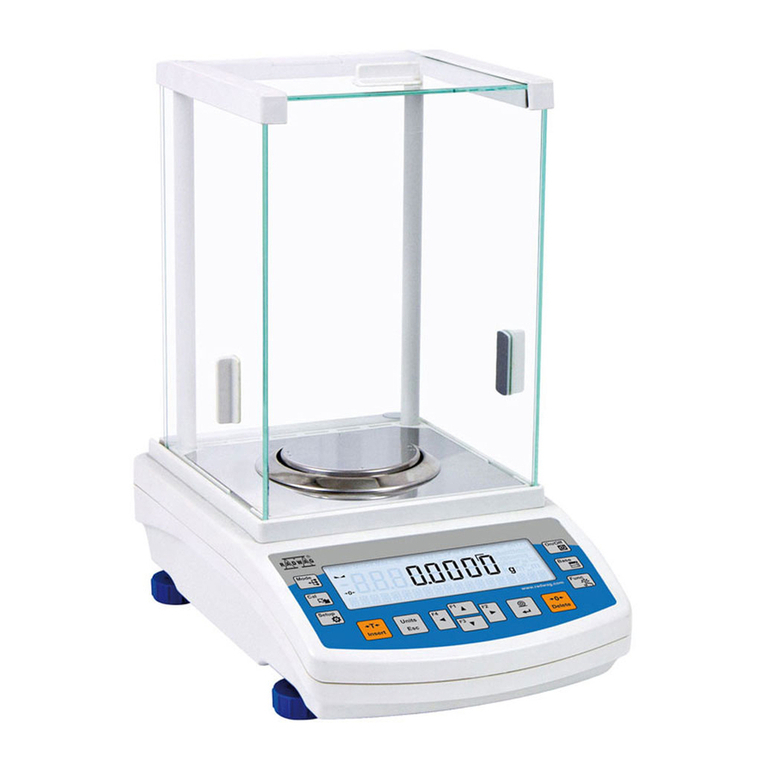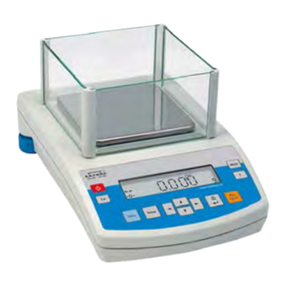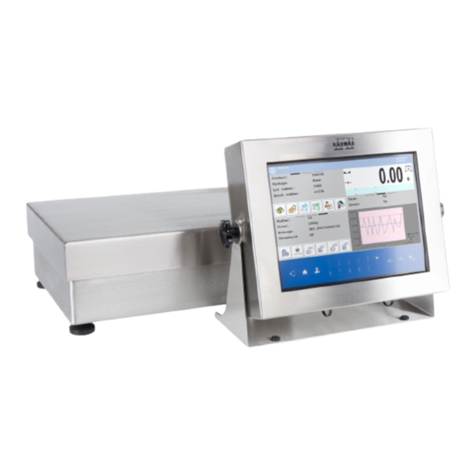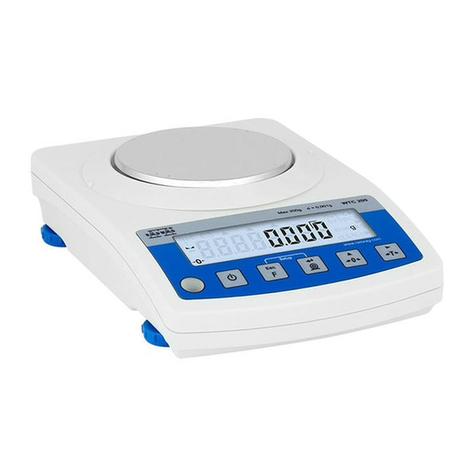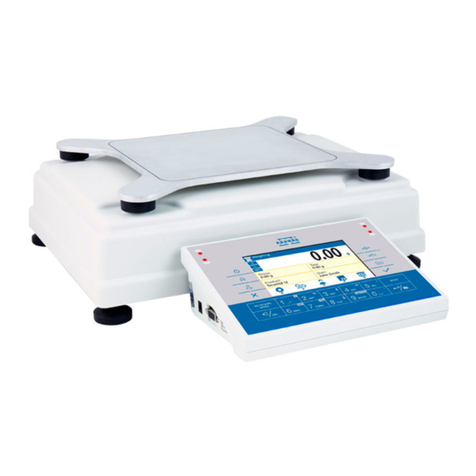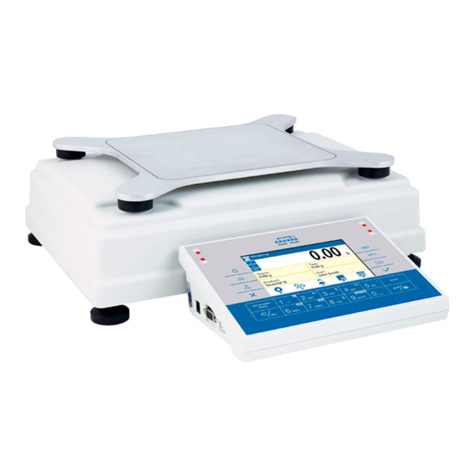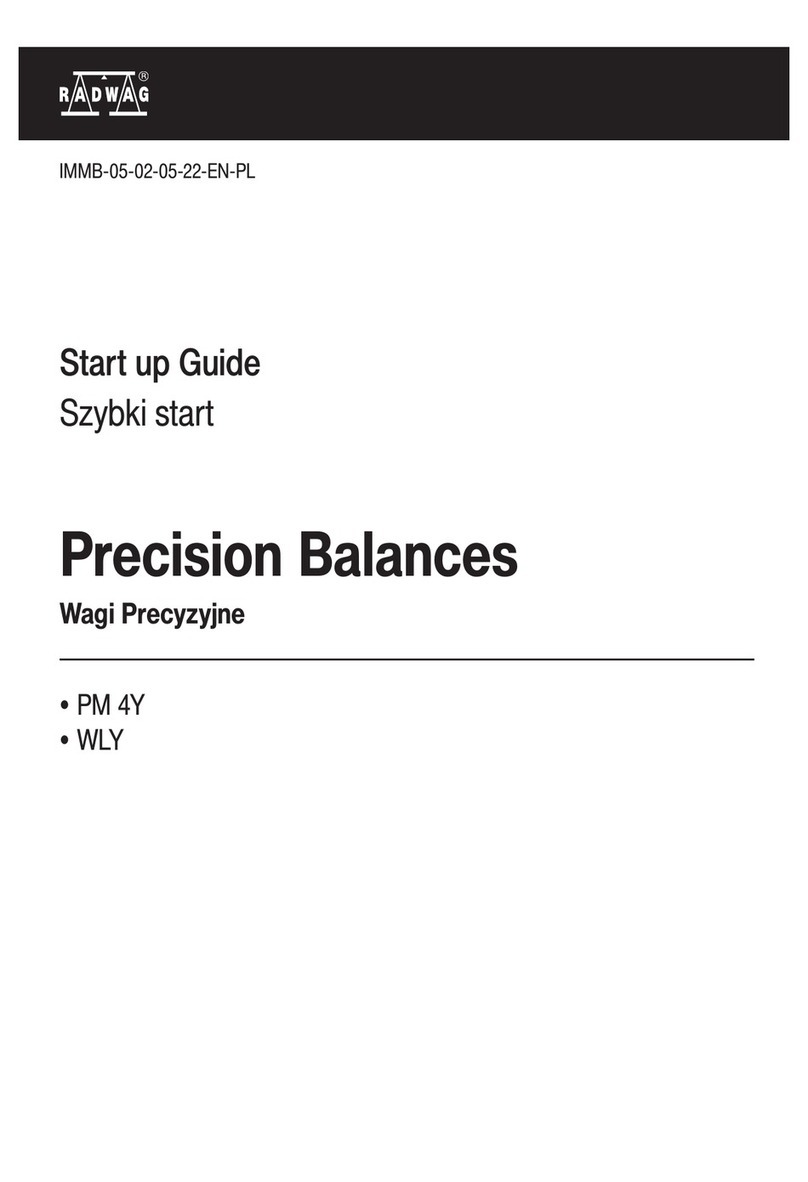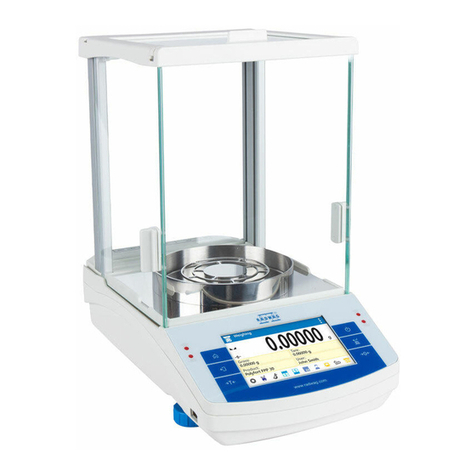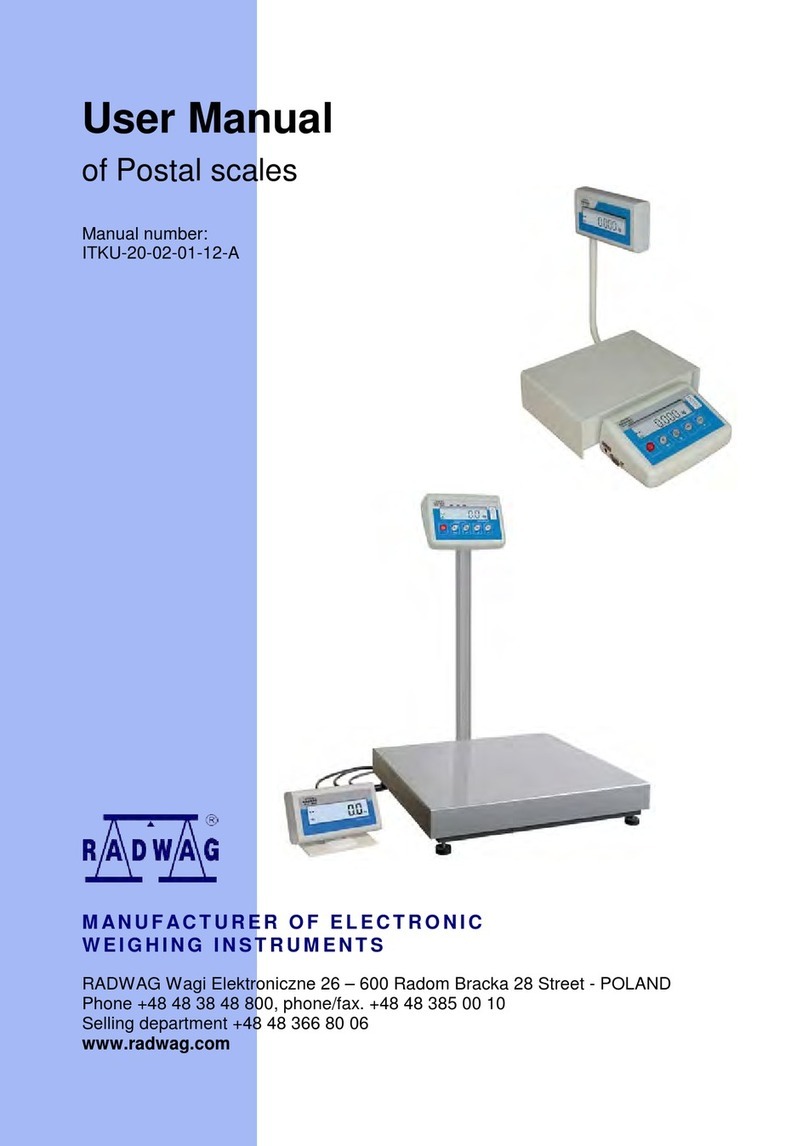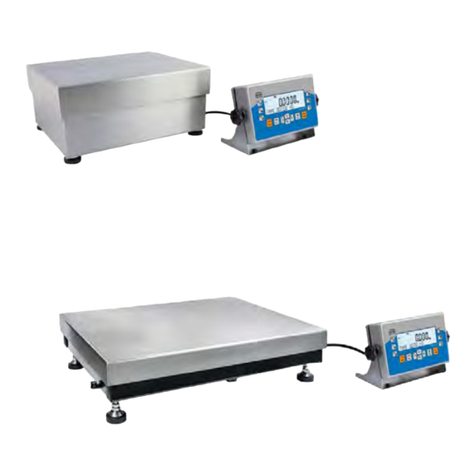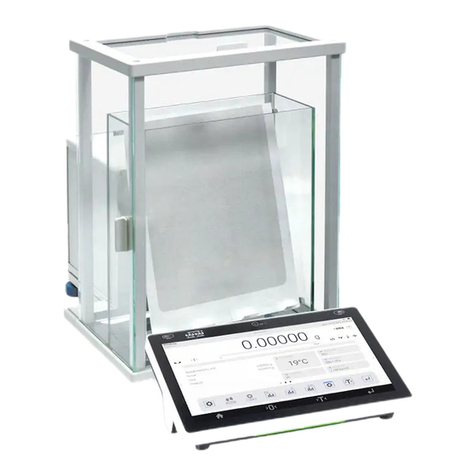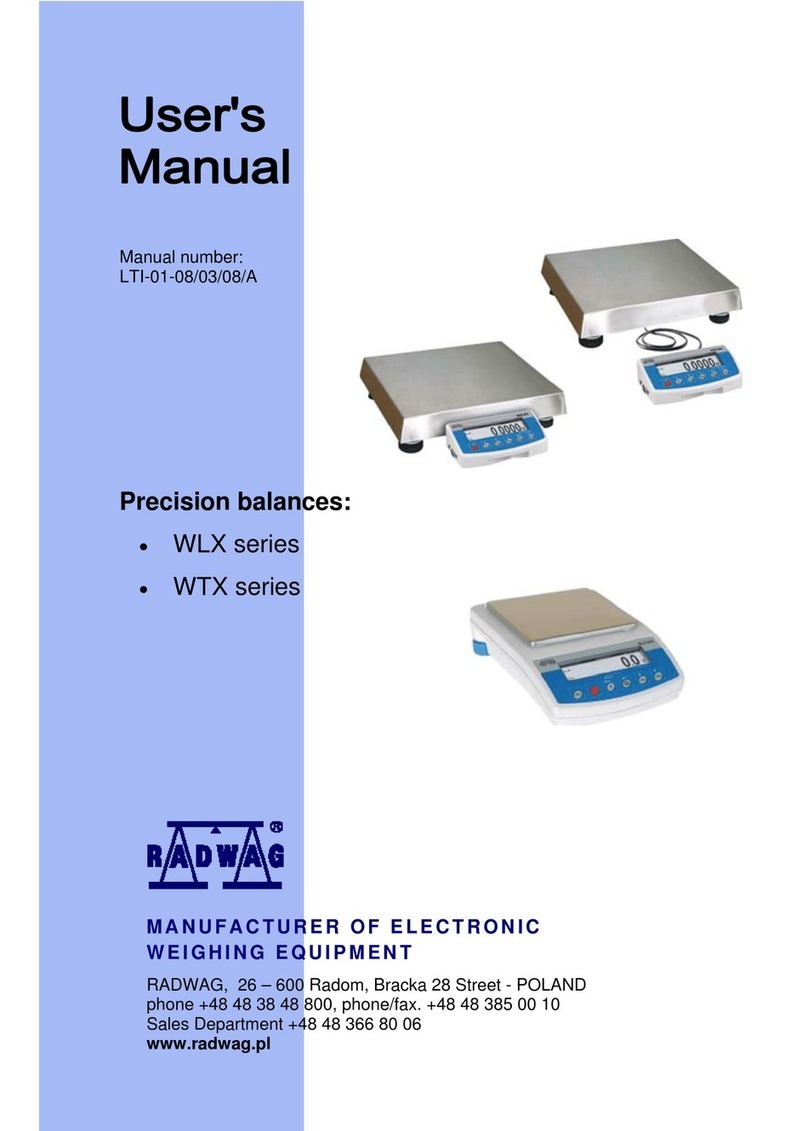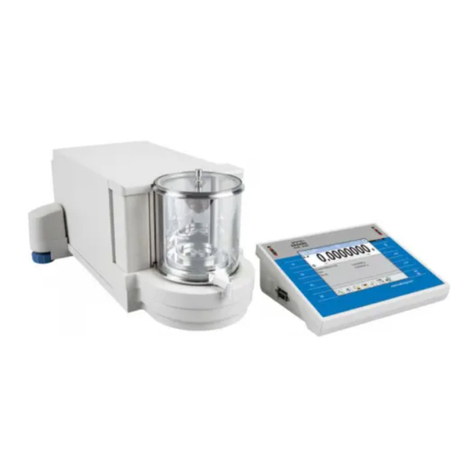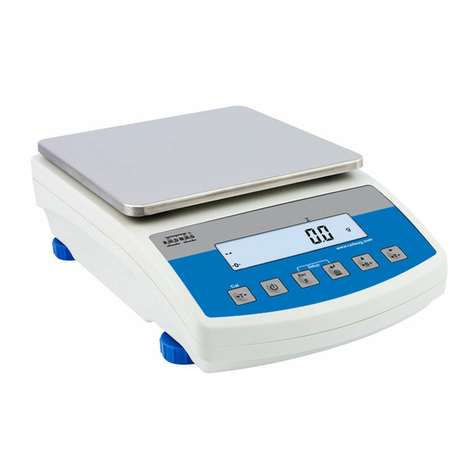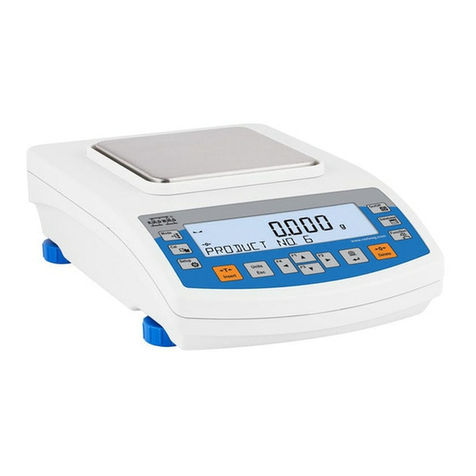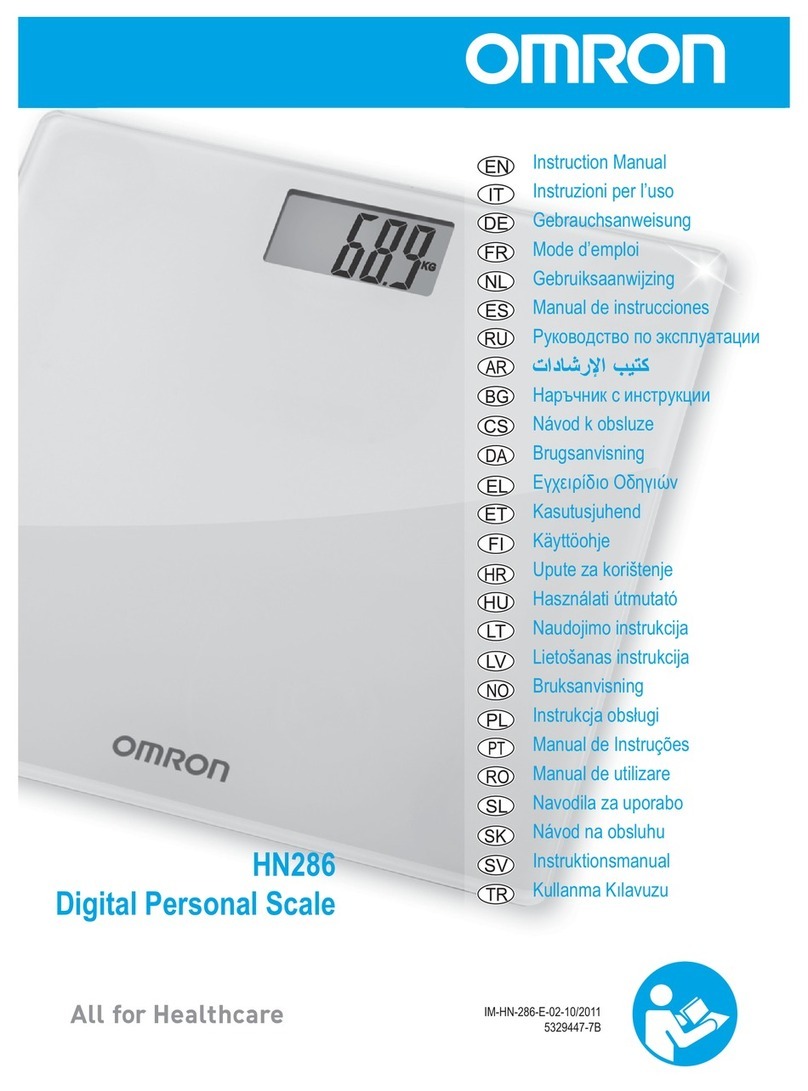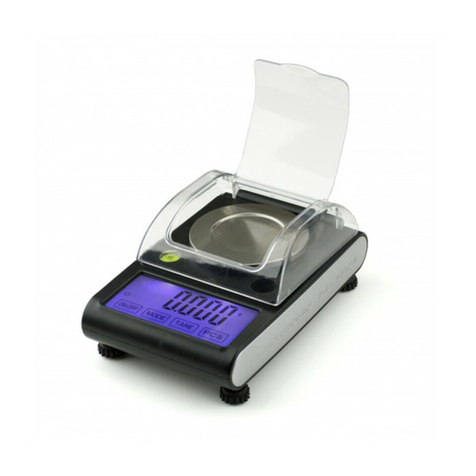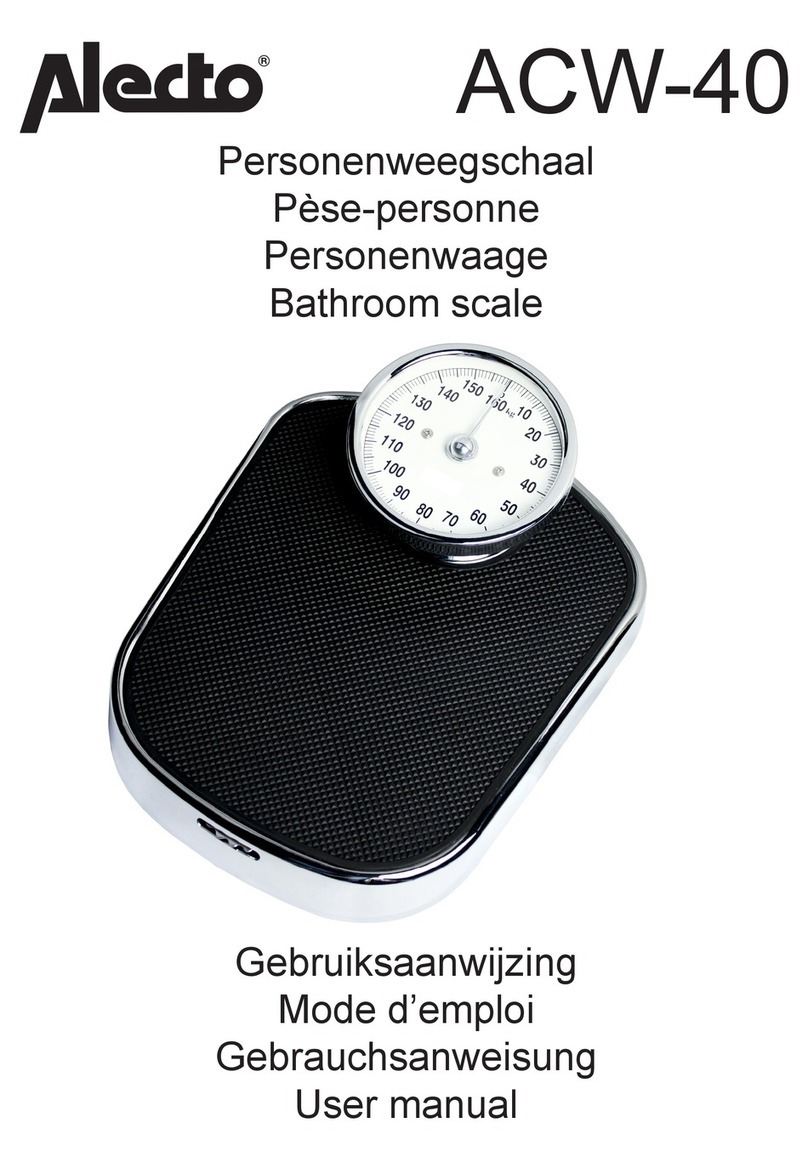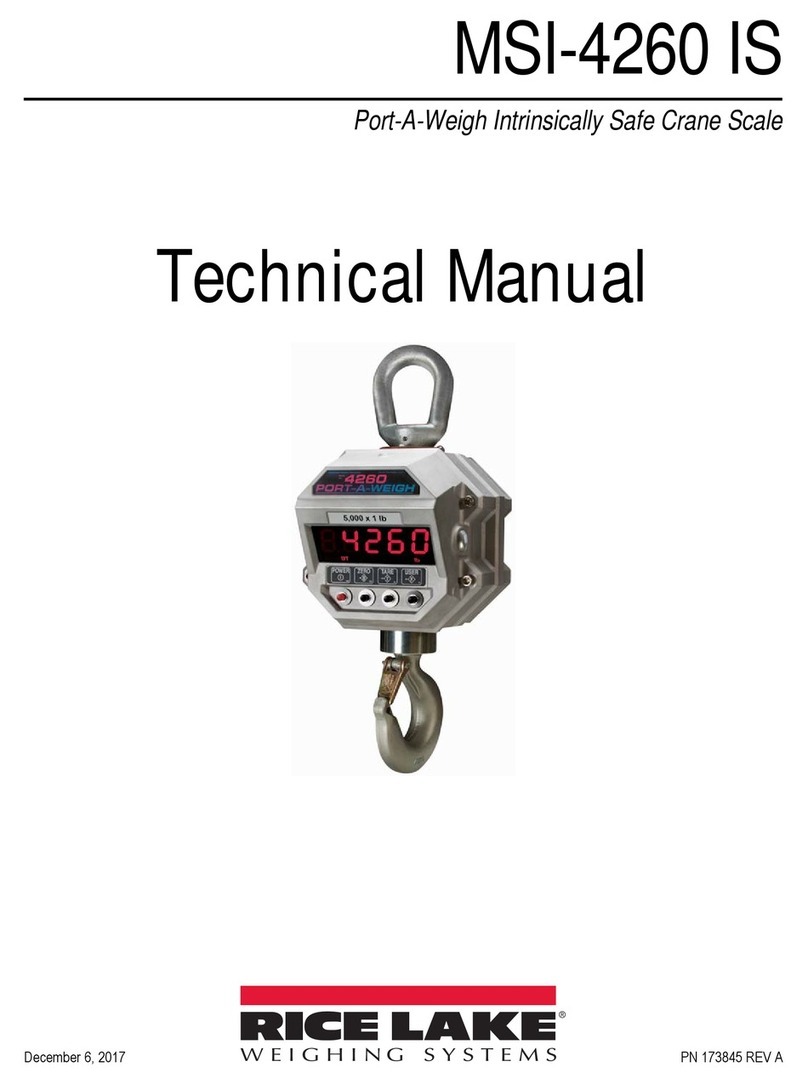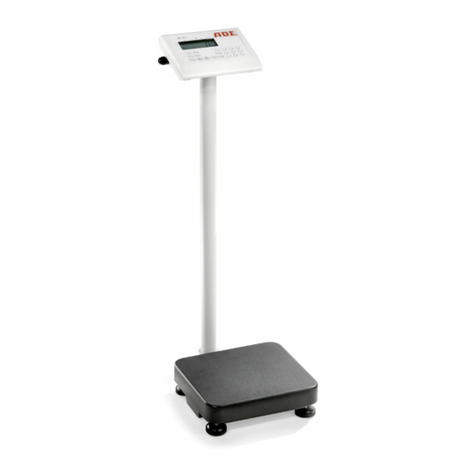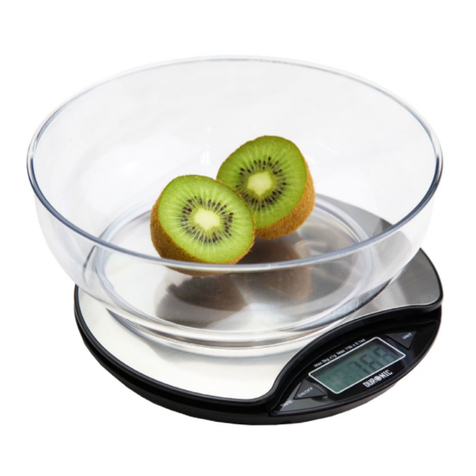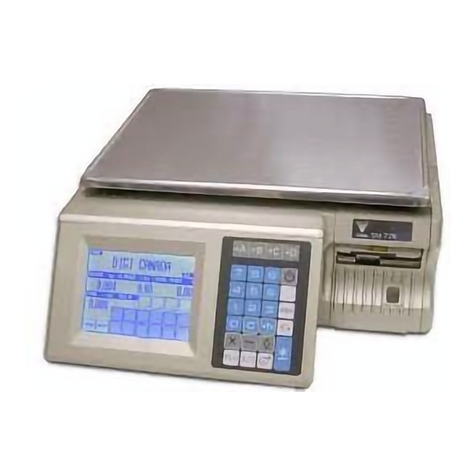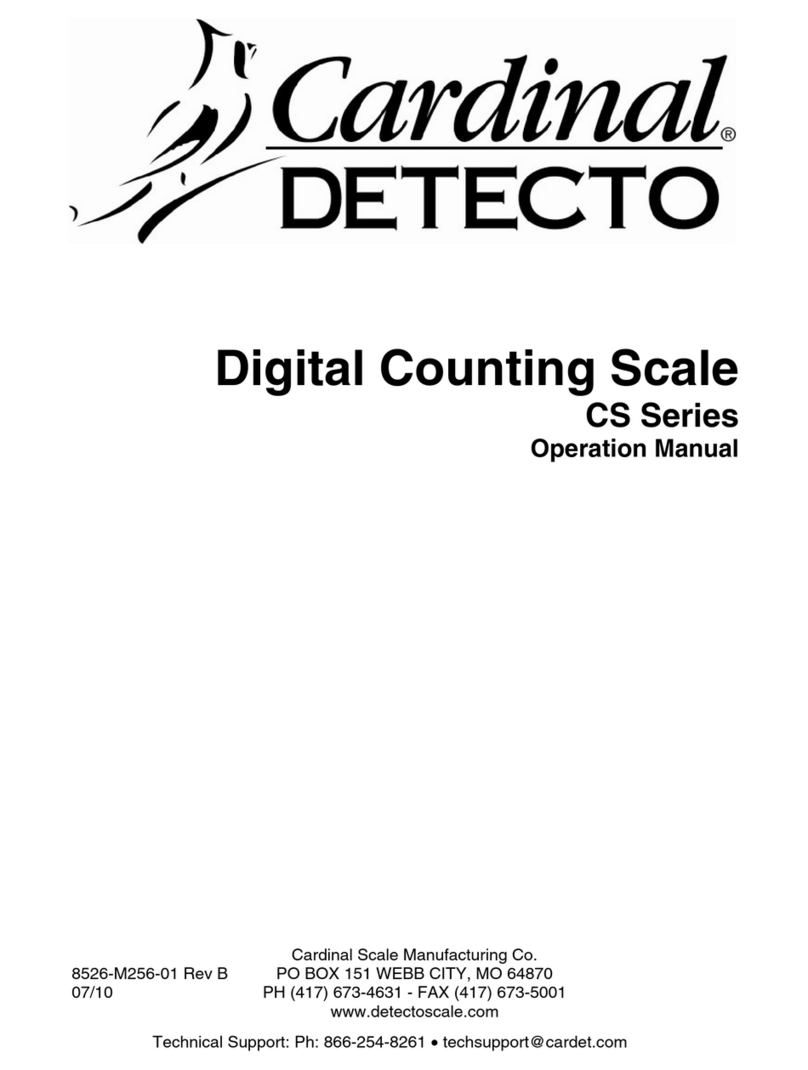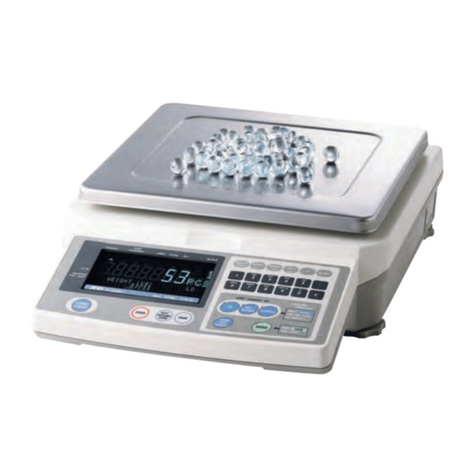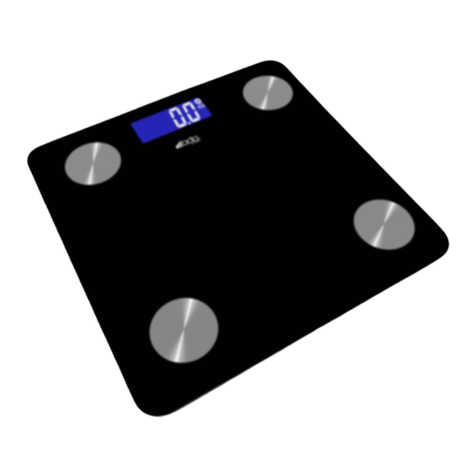
3
CONTENTS
1. GENERAL INFORMATION............................................................................................................................5
2. PRECAUTIONS .............................................................................................................................................5
2.1. Operation ................................................................................................................................................ 5
2.2. Battery Power Supply.............................................................................................................................. 5
2.3. Operation under Conditions Difficult due to Electrostatics ....................................................................... 6
3. WARRANTY CONDITIONS...........................................................................................................................6
4. DESIGN .........................................................................................................................................................7
4.1. Dimensions ............................................................................................................................................. 7
4.2. Connectors Arrangement ........................................................................................................................ 8
4.3. Pins Overview ......................................................................................................................................... 8
5. UNPACKING AND INSTALLATION..............................................................................................................9
5.1. Under-Pan Weighing ............................................................................................................................... 9
6. START-UP AND OPERATION.....................................................................................................................10
6.1. Levelling................................................................................................................................................ 10
6.2. Connecting the Scale to the Mains ........................................................................................................ 10
6.3. Warm-Up Time...................................................................................................................................... 11
6.4. Battery Charge Status ........................................................................................................................... 11
6.5. Battery Charge Status Check ................................................................................................................ 12
7. MAINTENANCE ACTIVITIES ......................................................................................................................12
7.1. Cleaning ABS Components................................................................................................................... 12
7.2. Cleaning Glass Components................................................................................................................. 12
7.3. Cleaning Stainless Steel Components................................................................................................... 13
7.4. Cleaning Powder-Coated Components ................................................................................................. 13
7.5. Cleaning Aluminium Components ......................................................................................................... 13
8. OPERATION PANEL...................................................................................................................................14
9. KEYS ...........................................................................................................................................................14
10. PROGRAM STRUCTURE..........................................................................................................................15
10.1. Function Groups.................................................................................................................................. 15
10.2. Operating the Menu ............................................................................................................................ 16
10.3. Return to the Weighing Mode.............................................................................................................. 16
11. WEIGHING OPERATION...........................................................................................................................16
11.1. Good Weighing Practice...................................................................................................................... 17
11.2. Zeroing................................................................................................................................................ 17
11.3. Taring.................................................................................................................................................. 18
11.4. Entering Tare Value Manually ............................................................................................................. 18
11.5. Dual Range Devices............................................................................................................................ 18
11.6. Units.................................................................................................................................................... 19
11.6.1. Start Unit .................................................................................................................................. 19
11.6.2. Temporary Unit......................................................................................................................... 20
12. ADJUSTMENT........................................................................................................................................... 20
12.1. External Adjustment ............................................................................................................................ 21
12.2. User Adjustment.................................................................................................................................. 22
12.3. Manual Internal Adjustment................................................................................................................. 22
12.4. Automatic Internal Adjustment............................................................................................................. 23
12.5. Automatic Internal Adjustment Time.................................................................................................... 24
12.6. Adjustment Test .................................................................................................................................. 24
12.7. Adjustment Report .............................................................................................................................. 25
13. SCALE PARAMETERS.............................................................................................................................25
13.1. Filter.................................................................................................................................................... 25
13.2. Value Release..................................................................................................................................... 25
13.3. Ambient Conditions ............................................................................................................................. 26
13.4. Autozero Function ............................................................................................................................... 26
13.5. Tare Function...................................................................................................................................... 26
13.6. Tare: Enter Mode ................................................................................................................................ 27
13.7. Tare: Values Memory.......................................................................................................................... 27
13.7.1. Entering Tare Value to the Weighing Device Memory .............................................................. 27
13.7.2. Selecting Tare Value from the Weighing Device Memory ......................................................... 28
13.8. Last Digit ............................................................................................................................................. 28
14. COMMUNICATION....................................................................................................................................29
14.1. RS232 (1) Port Settings ...................................................................................................................... 29
14.2. RS232 (2) Port Settings ...................................................................................................................... 29
14.3. USB A Port.......................................................................................................................................... 29

